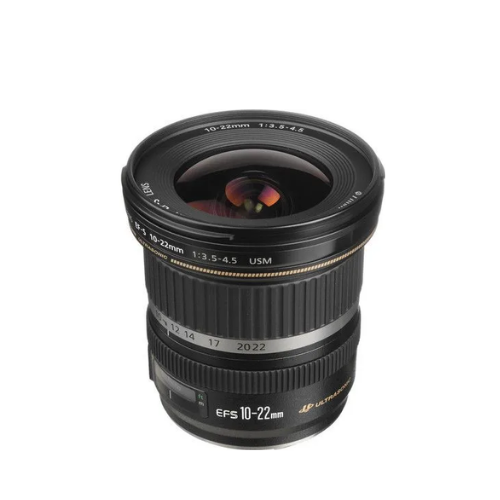Mastering Composition with Wide-Angle Lenses
One of the most important aspects of landscape photography with wide-angle lenses is mastering composition. Wide-angle lenses have the ability to capture a vast amount of scenery in a single frame, but this can also present a challenge when it comes to creating a visually appealing composition. Here are some techniques and tips to help you make the most of your wide-angle lens in landscape photography.
When using a wide-angle lens, it’s important to pay attention to the placement of elements within your frame. Given the expansive field of view that wide-angle lenses offer, it can be easy to include too much clutter in your composition. To avoid this, try to simplify your composition by focusing on a few key elements that capture the essence of the scene. Look for leading lines, interesting patterns, or contrasting elements that can help guide the viewer’s eye through the image.
Another important aspect of composition with wide-angle lenses is paying attention to the foreground. Wide-angle lenses have a tendency to exaggerate the size of objects in the foreground, so placing a prominent object close to the lens can help create a sense of depth in your image. Look for interesting foreground elements such as rocks, trees, or flowers that can add visual interest to your composition and provide a sense of scale to the scene.
When composing your shot with a wide-angle lens, it’s also important to pay attention to the edges of your frame. Wide-angle lenses can introduce distortion and perspective issues at the edges of the frame, so be mindful of how your composition is affected by these factors. Pay attention to the horizon line and make sure it is straight, and avoid placing important elements too close to the edges of the frame where they may be cut off or distorted.
One technique that can help enhance your compositions with a wide angle lens is to get low to the ground. By shooting from a lower perspective, you can emphasize the size and scale of elements in the foreground, as well as create a more dynamic composition. Experiment with different angles and viewpoints to find the most compelling composition for your scene.

In addition to paying attention to the placement of elements within your frame, it’s also important to consider the use of light in your landscape photography. Lighting plays a crucial role in creating mood and atmosphere in your images, and with a wide-angle lens, you have the opportunity to capture dramatic lighting effects. Pay attention to the direction and quality of light in your scene, and adjust your composition accordingly to make the most of the available light.
By mastering composition with wide-angle lenses, you can create stunning landscape images that capture the beauty and grandeur of the natural world. Pay attention to the placement of elements within your frame, experiment with foreground elements, pay attention to the edges of your frame, get low to the ground, and make the most of available light. By following these techniques and tips, you can take your landscape photography to the next level with wide-angle lenses.